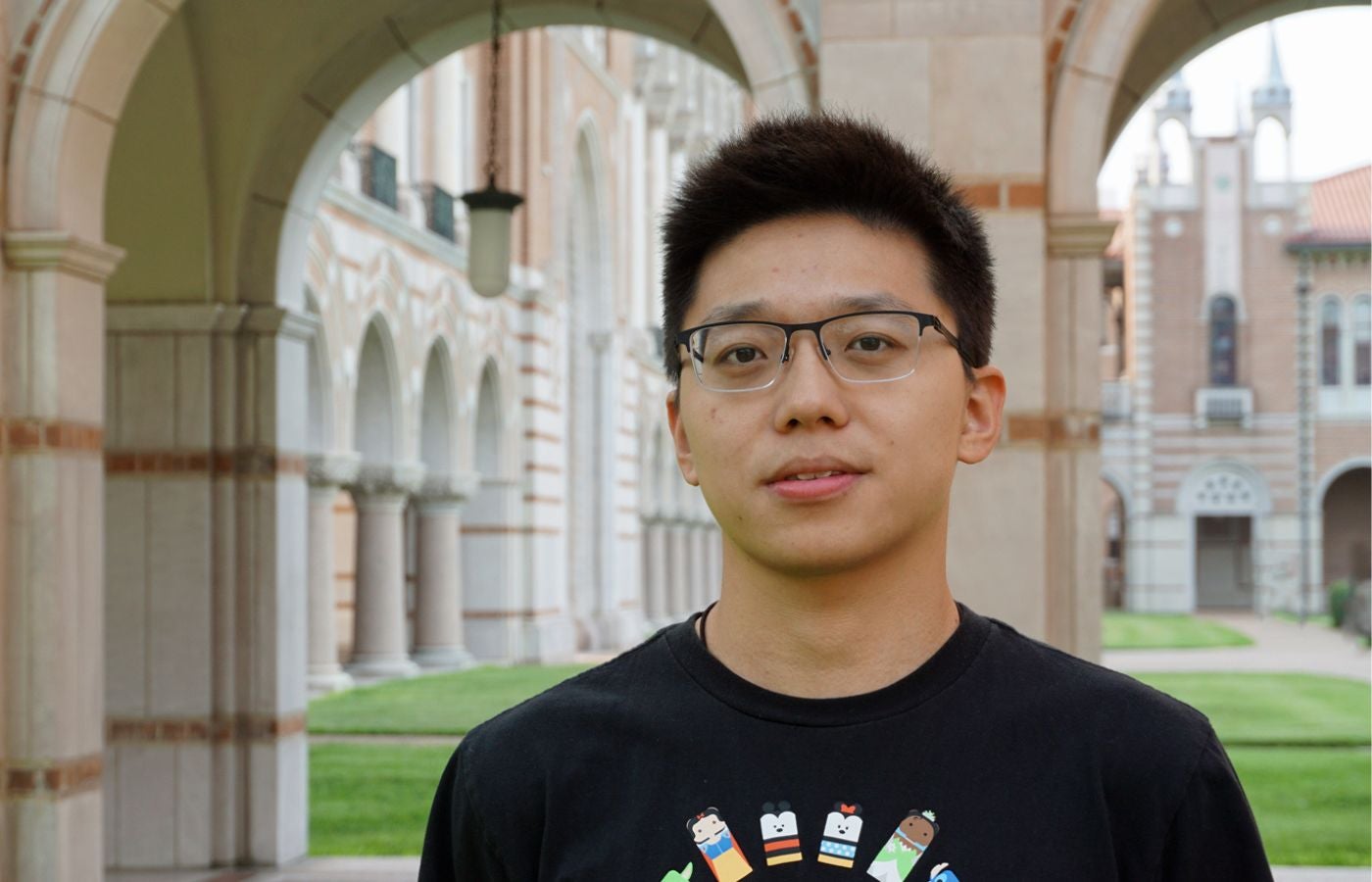Enabling robots to rearrange objects without grasping them is the focus of recent research by Rice University Computer Scientists. The work, one of five papers presented in June by Rice CS researchers at the 2023 International Conference on Robotics and Automation (ICRA) in London, represents a collaboration between Assistant Professor of Computer Science Kaiyu Hang and Noah Harding Professor of Computer Science Lydia Kavraki. The project is led by CS Ph.D. student Kejia Ren in collaboration with CS Ph.D. student Podshara Chanrungmaneekul.
This is Ren’s second publication with his advisor, Hang. The paper, "Kinodynamic Rapidly-exploring Random Forest for Rearrangement-Based Nonprehensile Manipulation,” launches Ren’s trajectory as a first author and builds on his previous work with Hang and Kavraki.
“Rearrangement of objects is very common and important for our daily life. For example, you may want to tidy up a messy table by placing each object on the table to where it should be. And when you need to grasp a target object occluded by others, you have to rearrange them first to create a clear path for your arm to approach the target one,” said Ren.
“Traditionally, robots rearrange objects mostly by pick-and-place type of manipulation. However, this is not always feasible since there is often no free space around the objects allowing for a grasp. Moreover, pick-and-place might not be the most efficient strategy as it only manipulates one object at a time. In contrast, nonprehensile actions (e.g., pushing and sliding), which are able to simultaneously manipulate multiple objects in clutters, provide a very efficient skill complementary to pick-and-place for rearrangement."
“State-of-the-art methods commonly find robot rearrangement actions via building a single constrained motion tree. In our work, by concurrently generating forests of motion trees and adaptively switching the algorithm’s attention across different trees in the forest, robots are now provided with more optimized actions generated in real-time to more effectively rearrange objects.”
This work has been conducted in the Robotics and Physical Interactions Lab (RobotΠ Lab) led by Hang, who said, “We are very enthusiastic about Kejia’s work not only because it has been published by one of the most prestigious robotics conferences in the world. More importantly, we believe this work can inspire many more novel approaches to empower robots with more interesting skills.”

